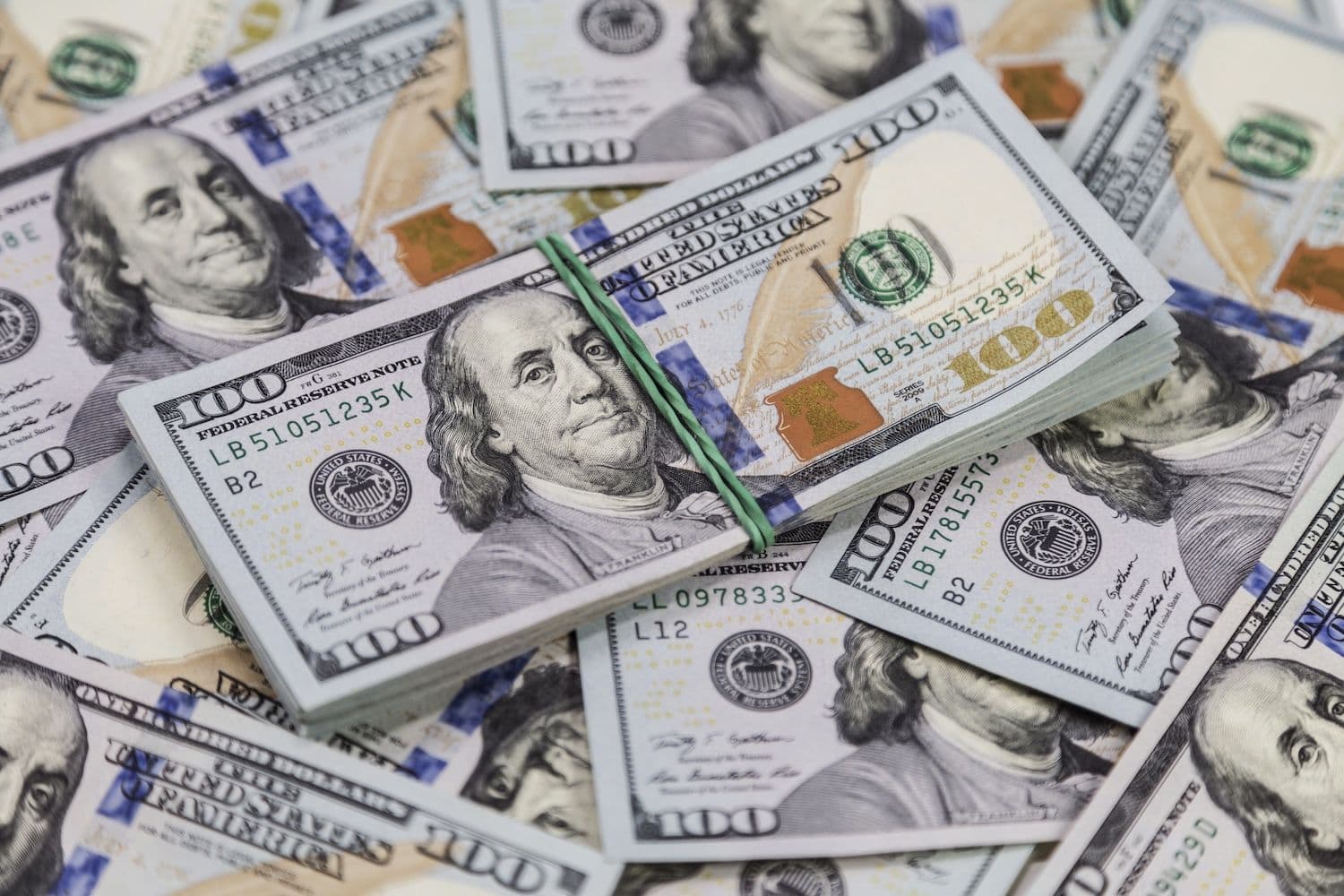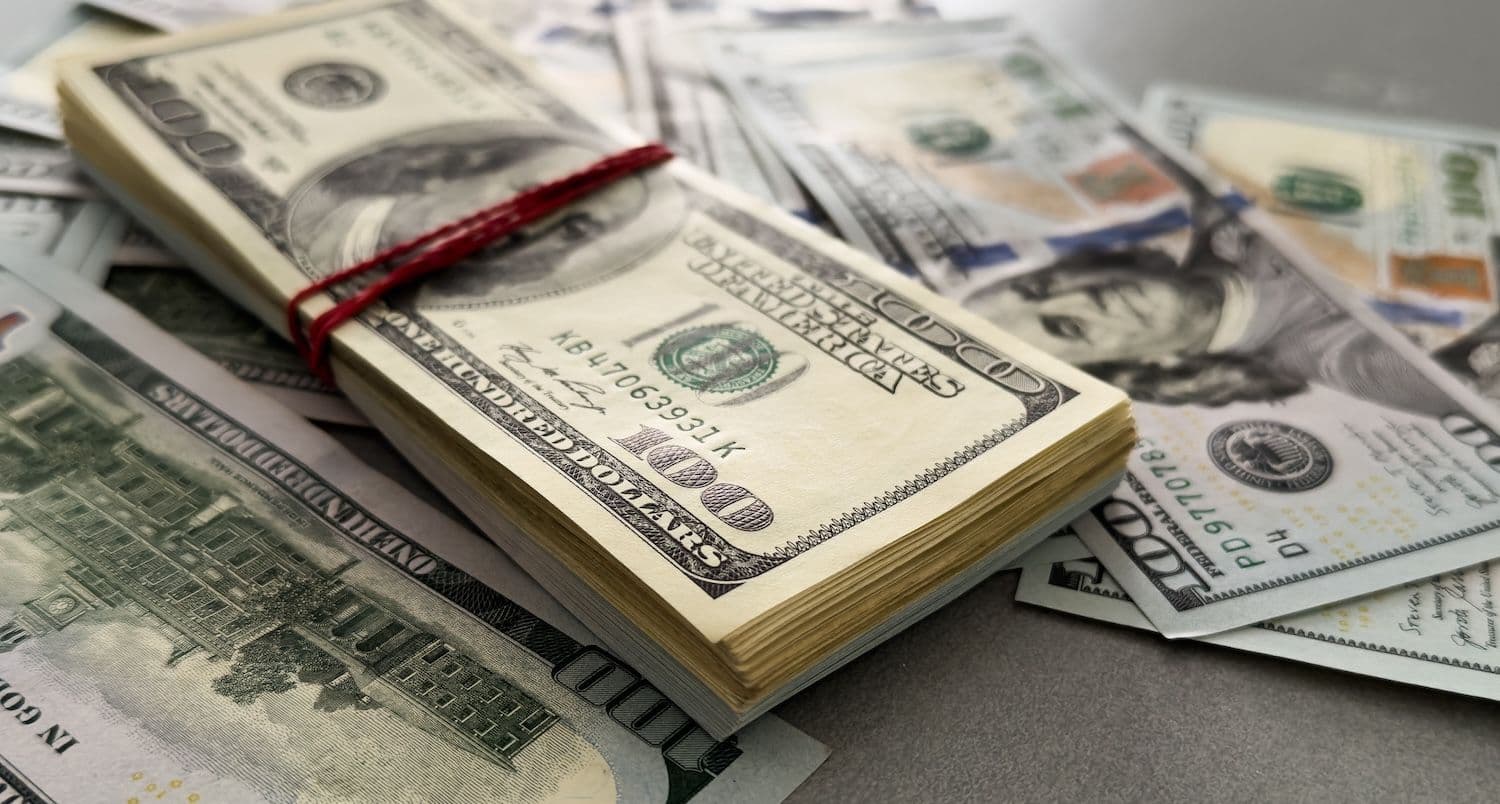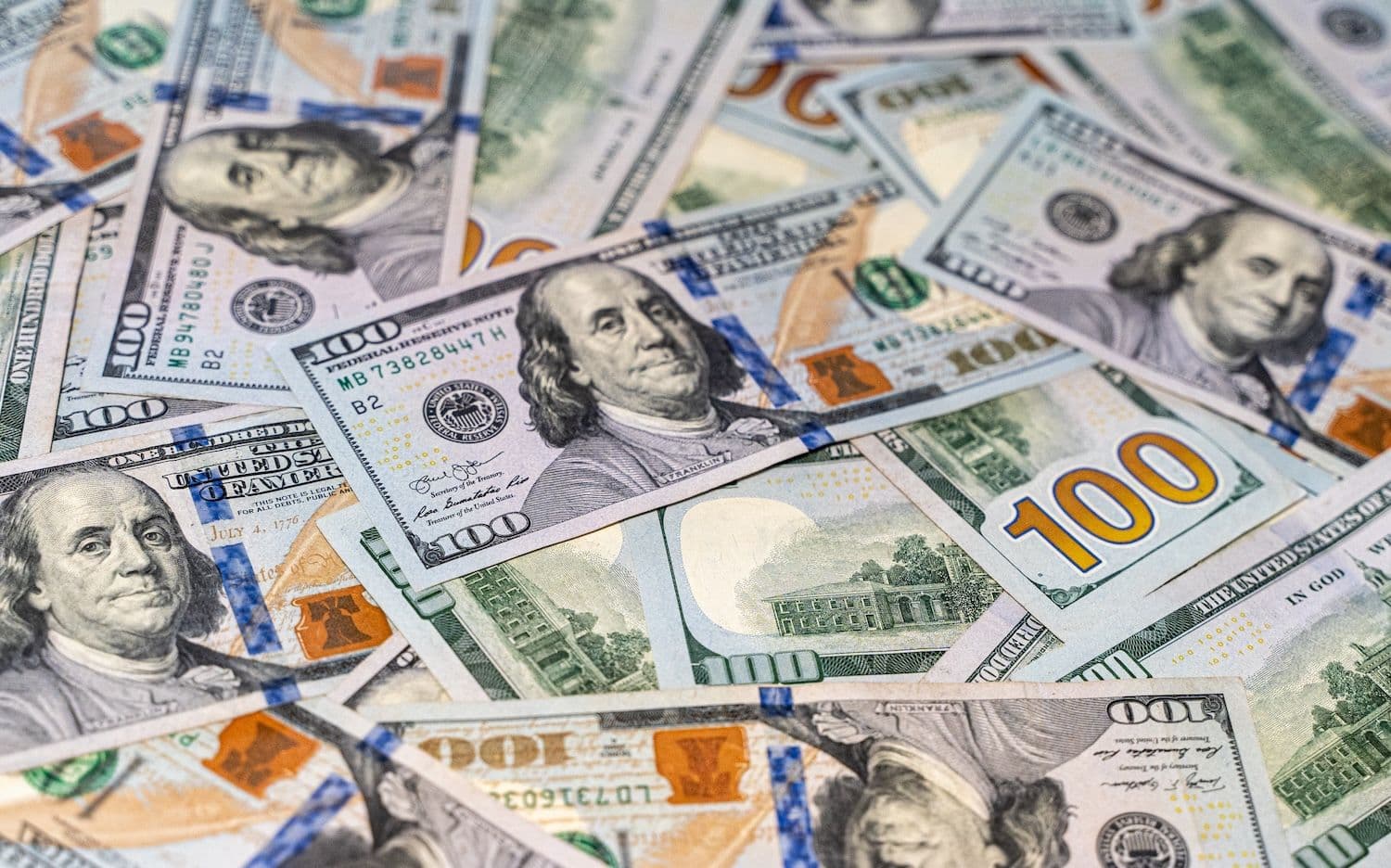$1 Million
GOAL
REACHEDPUBLIC
SALE
SOLD OUT






Latest Tether News and Insights | Yellow.com
Trust Yellow.com for the latest and most reliable Tether news and insights. Stay informed with accurate updates, expert analyses, and comprehensive articles on Tether trends and market movements.





